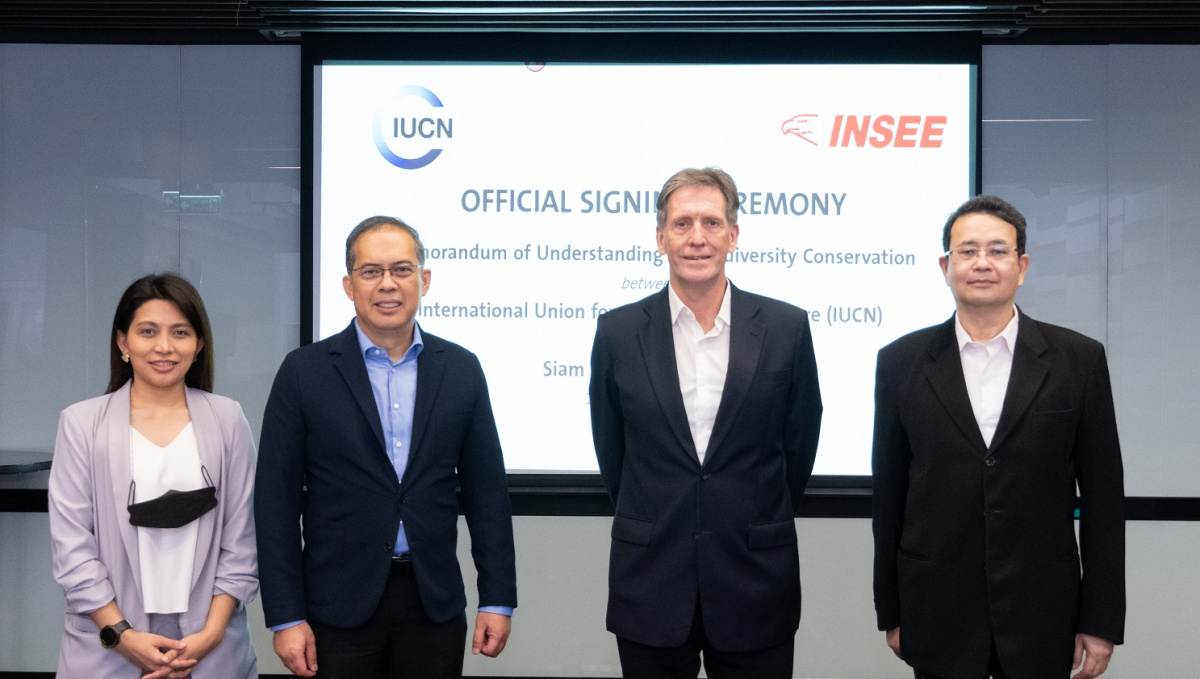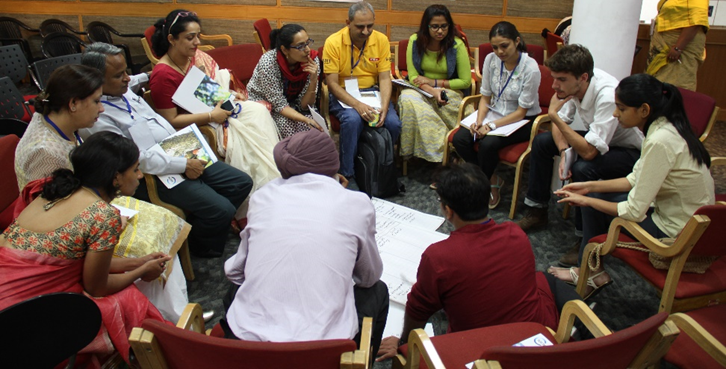Artificial reef building at Unawatuna with private sector support
International Union for Conservation of Nature and Holcim Lanka Ltd deployed fifteen artificial reef structures at Unawatuna, southern Sri Lanka in 2008 to increase reef area available for corals and associated reef organisms.
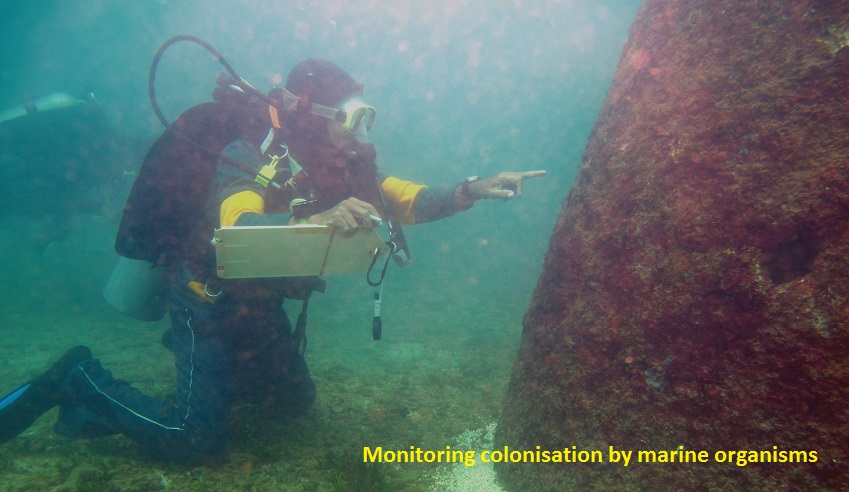
Monitoring colonisation by marine organisms
Photo: Chaminda Karunarathne
As a part of Corporate Social Responsibility, Holcim Lanka Ltd manufactured and deployed the concrete structures. Each of the conical shaped concrete structures was 1.52 m in height and weighed 2,268 kg. They were placed at a location frequented by recreational divers and are expected to be an attraction for marine tourists. Colonisation by marine organisms was monitored three times. The first and second monitoring was carried out in 2012 and 2013 by IUCN with financial support from the MFF, Mangroves for the Future, regional initiative. The final survey was conducted in 2016 which was supported by Holcim Lanka Ltd.
The live hard coral cover was relatively low in 2012 but progressively increased to 150 hard coral colonies in 2016. There are few colonies of table-like Acropora species and many encrusting corals are common on the concrete structures. A comparison of two coral colonies in 2013 and 2016 indicated that there is relatively rapid coral growth on the artificial structures.
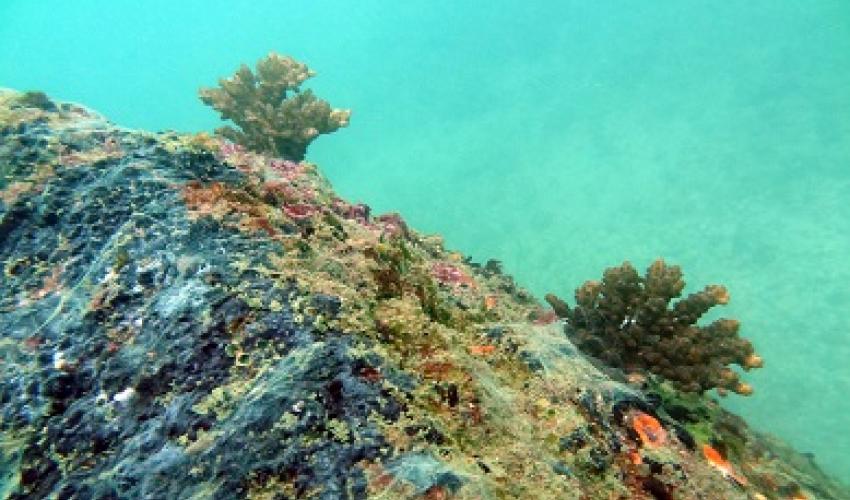 Photo: Arjan Rajasuriya, IUCN Sri Lanka
Photo: Arjan Rajasuriya, IUCN Sri Lanka
Acropora colonies in 2013
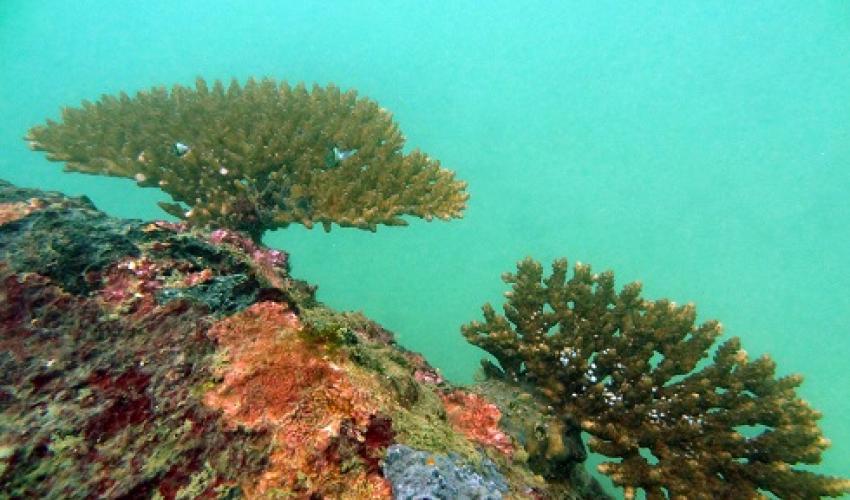 Photo: Arjan Rajasuriya, IUCN Sri Lanka
Photo: Arjan Rajasuriya, IUCN Sri Lanka
The same colonies in 2016
IUCN and Holcim effort has established a process to propagate corals using artificial support structures which will be useful to reestablish the corals damaged due to climate change induced ocean surface temperature increases. A number of hotels and Corporate Social Responsibility Programmes have benefitted by this experience of enhancing coral grown using cement structures.
